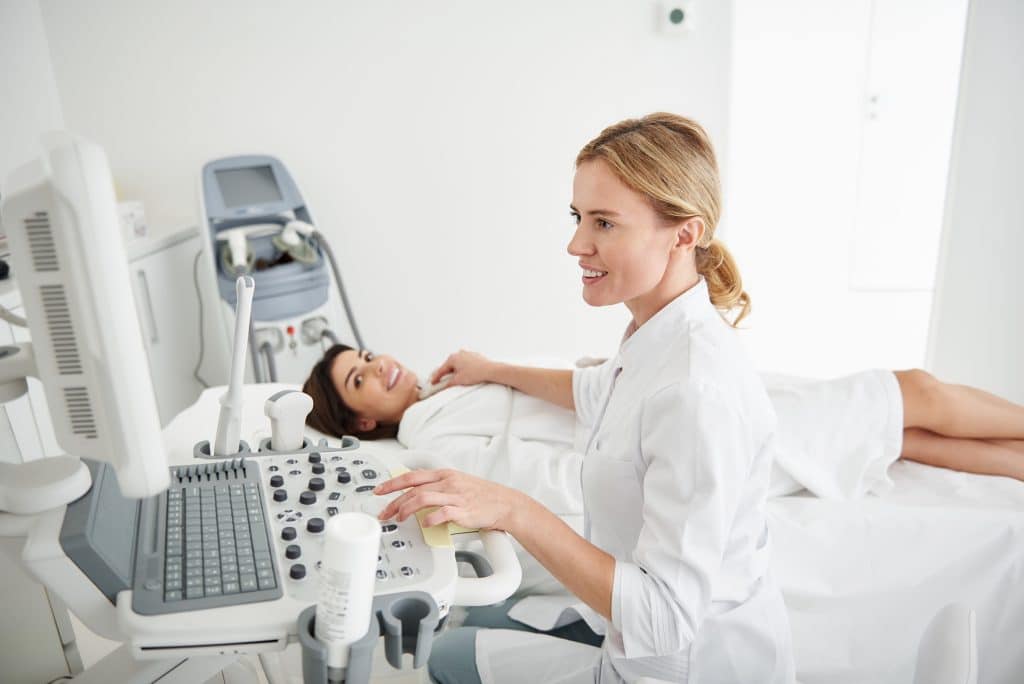Spirometry, ultrasound, electrocardiogram and analysis. Training on simulators for the family doctor
08/21/2022 – by Alessandro Malpelo
Overcrowded hospitals, family doctors’ surgeries flooded with bureaucracy, and you end up in the emergency room sometimes just to put two stitches and a band-aid on a small wound. Once upon a time there was doctor conducted, who carried out small surgeries on his own, also acted as a filter in emergencies, used technologies that were available from time to time, such as fencing to get a view of the chest. Today the family doctor spends most of his time in front of the computer, with his hands on the keyboard. The primary care medicine: too easily we tend to delegate decisions to the hospital, to the specialist. How to get out of this impasse? One answer comes from the use of simulators, however professional updating of the general practitioner, and to offer young doctors in training the opportunity to become familiar with ultrasound, electrocardiograph and other fundamental tools to make first level diagnosis.
Training
Claudio Cricelli, president of the Italian Society of General Medicine, Simg, recently presented the higher education school, the SimgLab, based in Florence (and which could be relaunched, on a national scale, in many other cities). This program develops skills through training courses on anatomical simulators sophisticated, on which to practice in conditions of absolute realism, and then arrive already trained in the office, or at the patient’s bed, for home visits. «We are in a transition phase towards models that are less centered on the hospital – explains Cricelli – with capable and trained figures. The role of the medicine of the territory, which will make use of the support of first level diagnostic technologies, keeping the relationship with the patient at the center. In SimgLab you pass from theory to practicefor example, the doctor becomes familiar with the ultrasound probe, which is also of great help for the purposes of differential diagnosis ».
Investments
There is a need to have intermediate structures, health homes and community hospitals, to regain confidence with catheterization, infusions, electrocardiogram, spirometry, sutures, dressings of skin ulcers, also making use of the collaboration of professional nurses. Hence the need to bring new recruits, recent graduates, closer to practical medicine. “Robots, high fidelity mannequins, software and augmented reality they recreate situations, environments, pathologies, interventions, with absolute realism. The tools – explains Cricelli – will soon be available to all operators in the national territory thanks to the Italian Society of General Medicine and Primary Care ». The investments of the PNRR will make it possible to renew the fleet of the National Health Servicea turnover that has come to a halt due to Covid.
Reorganization
However, many doctors are already overburdened with administrative tasks, where do they find the time to use the new technologies? «We are moving towards a real one care reform of primary care – President Cricelli specified – it is clear that the old family doctor will be joined by a professional figure who works in teams in community homes and districts, developing the ability to give more complete answers. They will remain still and always neighborhood studiesas we know them, but part of the diagnostic activities will fall within the structures richer in services, with nurses, sampling points, without queuing at the hospital ». In community hospitals, intermediate clinical cases will be followed, unlike what happens in hospitals proper, which require a particular care intensity. It will be a complex reorganization, which involves various steps, and which will probably take years to reach full capacity.
